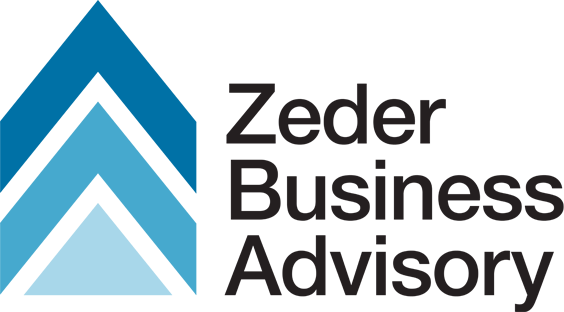I have seen many businesses struggle due to an incorrect sequence that leads to success. I have worked with clients who grew too fast and too soon and others who were too cautious and missed out on opportunities by not being assertive enough. The former had to keep seeking funding round after round and burning cash, while the latter lost market share and momentum and eventually was surpassed by the competition.
Growing a business is a complex and serious task, much like raising a child, where many factors can significantly impact the end result. If the right things are done in the wrong order, it can lead to problems that are difficult to rectify later. On the other hand, if the right sequence is followed, it will help a business grow smoothly and efficiently, in the same way it helps shape a child’s future.
Phase 1: Foundation First
Just as you build a foundation for a child to grow by teaching them to walk, talk, eat, and sleep, your first focus when starting a business should be building its foundation. This includes the business model, the main revenue stream, the system and processes to deliver the product and services, the core team, and acquiring your first customers. These are the only ingredients needed at this stage. A complicated legal framework, an elaborated story brand, your ideal logo, excessive controls, processes, and policies will not only add overheads and overspending but will divert focus, energy, and time from the tasks that really matter.
Phase 2: Customer Base Second
Once the foundation is built, the toddler is now a young child, and the business is delivering its products and services to its existing clients. The next step is to increase the customer base while proportionally increasing only the infrastructure needed to deliver the products and services to these new customers. This process will help the business acquire knowledge and market intelligence to help them develop a laser-sharp differentiation of their product and services as a solution.
This knowledge needs to be unpacked, documented, and incorporated into building a full sales infrastructure. This doesn’t only include differentiation but also brand positioning, pricing, target markets, target customers, etc. The improved offering, or solution, must be incorporated into all marketing, communication, and sales activities. The team must be trained on how to pitch it, develop leads, and close deals. A successful business must develop its sales infrastructure and engineer their sales process to deliver results by any team member.
Phase 3: Right Structure Third
Now that the foundation is built, the child is a young adult, and the business is delivering its products and services to a growing customer base, it’s time to start instilling some structure. By now, the business has a clear market positioning, a decent operation, and a well-established business development process. It’s time to structure the operations and the business development into perfectly engineered machines. Operational enhancement and business development are two important pillars for success and growth and must constantly be challenged for improvement.
As the business gains momentum and market share, opportunities for growth, the introduction of new revenue streams, and new markets will become visible and accessible.
Maintaining consistency and clarity during these three phases while monitoring expenses and attracting the right team members, business leaders set themselves up for long-term success.





